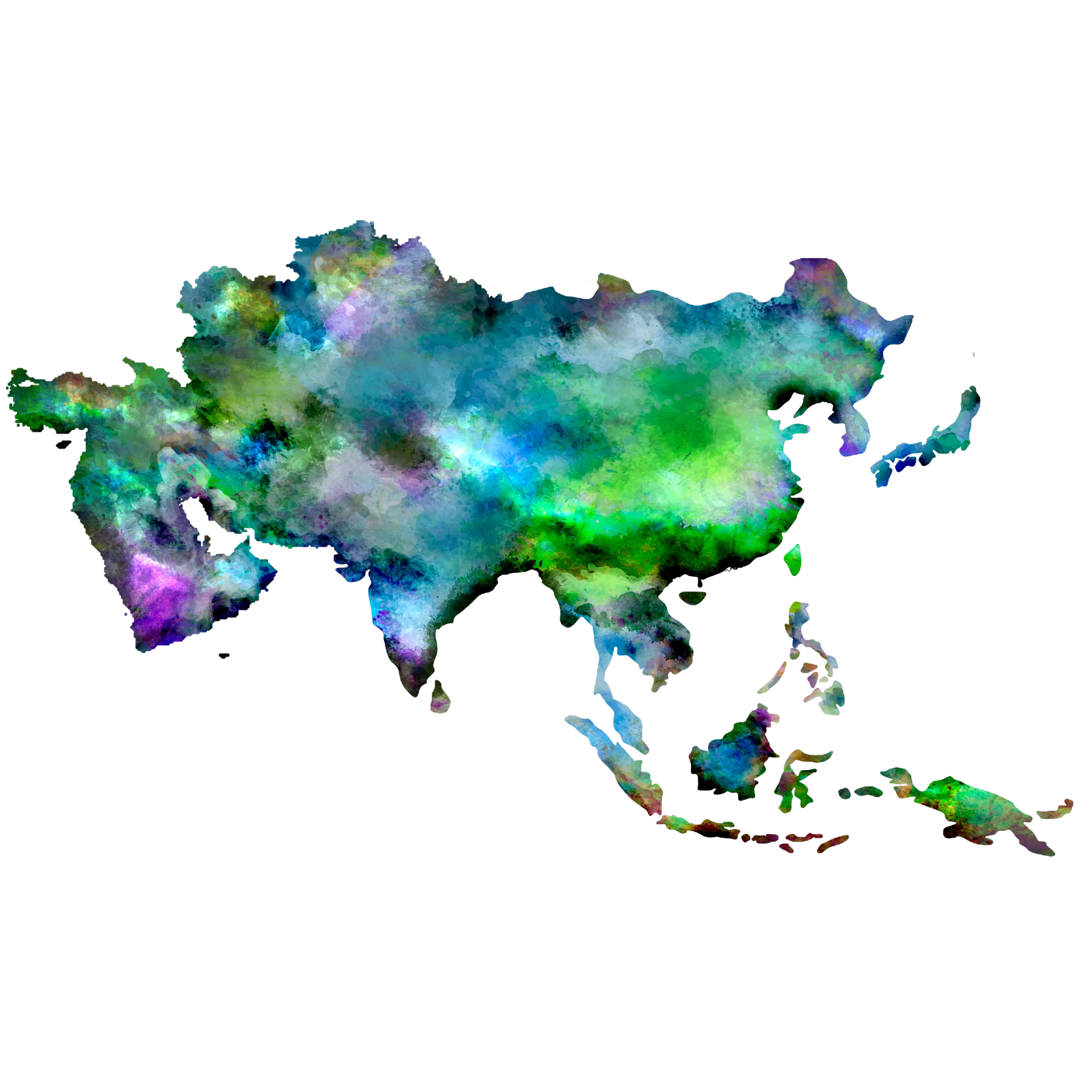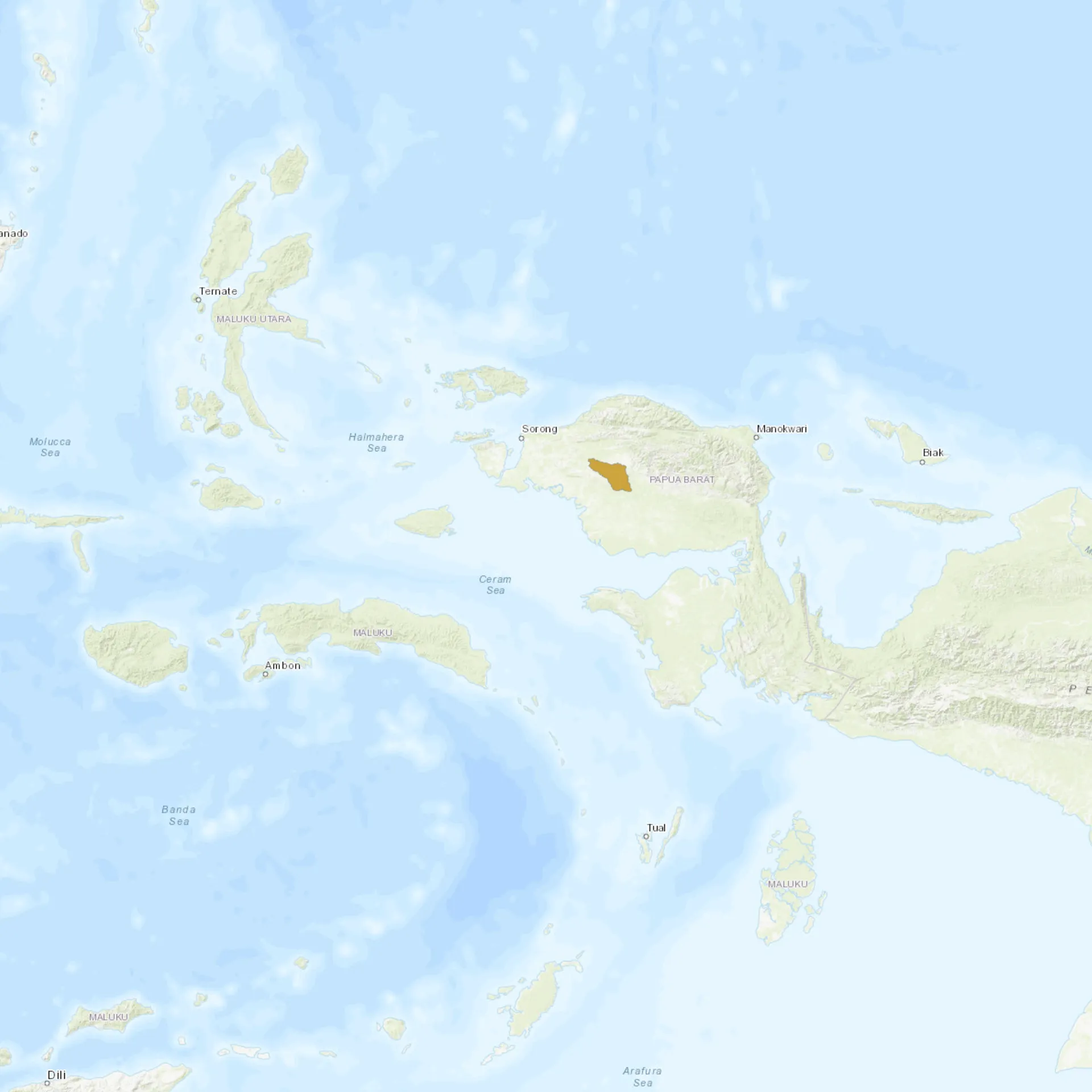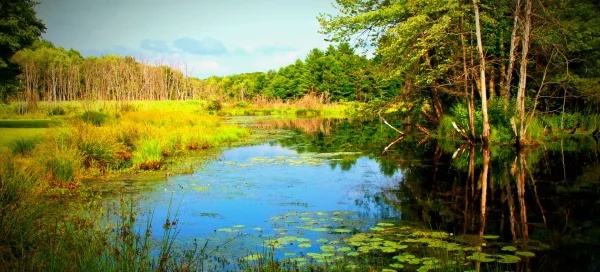Overview
Boeseman’s Rainbowfish, scientifically known as Melanotaenia boesemani, is a vibrant and colorful freshwater fish native to Indonesia. It is particularly renowned for its striking appearance, which includes a two-tone coloration of blue and orange. This relatively small species typically reaches about 4 inches in length and has become a popular choice among aquarium enthusiasts worldwide. Dual coloration is more pronounced in males, who use vivid colors to attract females during breeding seasons.
Boeseman’s Rainbowfish inhabit clear, warm waters with abundant vegetation, providing shelter and breeding grounds. They are found in lakes and streams with a moderate current, adapting well to freshwater conditions. The fish prefer to swim in schools, which offers protection from predators and enhances their ability to find food. This schooling behavior is also striking in both natural habitats and aquariums, showcasing their communal living pattern.
Due to their popularity in the aquarium trade, Boeseman’s Rainbowfish are often bred in captivity, which helps reduce pressure on wild populations. However, their natural habitats are limited to a small geographical area, making them susceptible to environmental changes and habitat destruction. Conservation efforts are important to preserve their wild populations by protecting their natural environments and promoting sustainable trade practices.
Taxonomy
Kingdom
Phylum
Class
Order
Family
Genus
Species
Type
Current distribution:
Boeseman's Rainbowfish are currently found only in specific regions of Western New Guinea. Their distribution is restricted to a relatively small geographic area, which makes them particularly vulnerable to habitat changes and environmental degradation. The limited distribution also means that any changes in their environment can significantly impact their populations.
Efforts to map and understand their exact distribution are ongoing, with recent studies focusing on the impacts of environmental changes and human activities on their habitats. Protecting these areas is crucial for the survival of Boeseman's Rainbowfish, as they depend heavily on the stability and quality of their aquatic environments. Conservation measures are focused on habitat preservation and monitoring the health of their ecosystems to ensure that they continue to thrive in the wild.
Physical Description:
Boeseman’s Rainbowfish are characterized by their elongated body and broad, forked tail, which aids in swift and agile swimming. The most distinguishing feature is their coloration; the anterior half of the body is a vibrant blue, while the posterior half is a rich orange or yellow. This dramatic color differentiation makes them a highly sought-after species for ornamental fish collectors. The intensity of their color can vary depending on the fish’s diet, environment, and overall health.
Females tend to be slightly paler and smaller than males, with less pronounced coloration. During mating seasons, males display enhanced colors to attract females and deter rivals, which adds to their visual appeal. The fish’s body is covered in large, shiny scales that reflect light, making them appear even more striking in well-lit conditions. These physical attributes make them popular in aquariums and easy to spot in their natural habitats.

Lifespan: Wild: ~5 Years || Captivity: ~8 Years

Length: Male: 4-4.5 in (10-11.5 cm) || Female: 3.5-4 in (9-10 cm)

Top Speed: Unknown
Characteristic:
Native Habitat:
Boeseman’s Rainbowfish are endemic to a limited area in Western New Guinea, specifically in the Arfak Mountains and surrounding regions. They thrive in clear, warm, and well-oxygenated waters that flow through dense tropical forests. These environments are rich in aquatic vegetation, providing essential cover and breeding sites for the species. The water conditions in their natural habitats are slightly alkaline, with a high degree of clarity, which is crucial for survival.
The biotope of Boeseman’s Rainbowfish includes small to medium-sized streams and lakes connected to these mountainous regions. The substrate in these areas is often a mix of sand and small rocks, with plenty of fallen leaves and branches, creating a complex environment that supports a diverse range of aquatic life. This complexity is vital for providing young fish with nutrients and shelter and maintaining a balanced ecosystem.
Climate Zones:
Biomes:
WWF Biomes:
Biogeographical Realms:
Continents:
Countries:
Diet:
Diet & Feeding Habits:
Boeseman’s Rainbowfish are omnivores, consuming a diet that includes small insects, plankton, and plant matter. In the wild, they often feed on small insects that fall into the water and algae and other microorganisms found on aquatic plants. This varied diet helps support their vibrant coloration and overall health. In captivity, they are typically fed commercial fish food, including flakes and pellets, supplemented with live or frozen foods like brine shrimp and daphnia.
In aquarium settings, it’s important to mimic their natural diet as closely as possible to maintain their health and color vibrancy. Feeding them various foods ensures a balanced diet and keeps the fish active and engaged. Regular feeding schedules and not overfeeding are crucial to prevent water quality issues, which can harm their health and the aquarium’s ecosystem.
Mating Behavior:
Mating Description:
Boeseman’s Rainbowfish exhibit fascinating mating behavior. Males display their brightest colors and perform elaborate dances to attract females. This display is a visual spectacle and serves as a signal of the male’s fitness and health. The females choose their mates based on the intensity of their coloration and the quality of their dance, which indicates the male’s genetic quality and vitality.
The spawning process involves the female laying several eggs daily over several days, which the male then fertilizes. These eggs are typically deposited among dense vegetation or scattered on the substrate, where they remain hidden from predators. The parental investment is minimal after spawning, with no further care provided to the eggs or fry, which must survive in the wild.
Reproduction Season:
Birth Type:
Pregnancy Duration:
Female Name:
Male Name:
Baby Name:
Social Structure Description:
Boeseman’s Rainbowfish are highly social and prefer to live in groups. In the wild, they form schools that can include dozens of individuals, providing safety in numbers from predators. These schools are dynamic, with fish frequently interacting through swimming patterns and during feeding. This social structure is essential for their survival, as it helps them locate food more efficiently and reduces individual risk from predators.
Maintaining social groups in captivity is key to keeping Boeseman’s Rainbowfish healthy and active. Aquariums are recommended to house them in groups of at least six individuals to mimic their natural social behavior. This grouping not only makes the fish more comfortable but also enhances their natural colors and behaviors, making them more enjoyable to observe.
Groups:
Conservation Status:
Population Trend:
The population of Boeseman’s Rainbowfish in the wild is under significant pressure due to habitat destruction, pollution, and the impacts of climate change. The construction of dams, deforestation, and mining activities in their native regions have decreased water quality and habitat availability. These factors and their limited geographical range make them highly susceptible to environmental changes.
Conservation efforts are focused on protecting the waterways and forests where these fish live. This includes establishing protected areas and implementing sustainable land-use practices that minimize the impact on the natural habitats of Boeseman’s Rainbowfish. Public awareness campaigns and the involvement of local communities are also crucial for the success of conservation initiatives, ensuring that these vibrant fish can be preserved for future generations.
Population Threats:
The main threats to Boeseman’s Rainbowfish include habitat degradation, pollution, and introducing non-native species, which compete for resources and can introduce diseases. Resource extraction, such as mining and logging, contributes to the degradation of their habitats by altering water flows and reducing water quality. Additionally, climate change poses a significant long-term threat by impacting water temperatures and weather patterns, which can alter their breeding cycles and food availability.
Efforts to mitigate these threats involve strict regulation of land and water use in their native areas and restoration projects aimed at rehabilitating damaged habitats. Education and engagement with local communities are essential for promoting practices that protect these ecosystems and the species that depend on them.
Conservation Efforts:
Conservation initiatives for Boeseman’s Rainbowfish include habitat protection, research, and sustainable aquaculture practices. Protected areas have been established in parts of their range to preserve critical habitats and mitigate the impacts of human activities. Research into their ecology and habitat requirements helps inform conservation strategies and management plans to enhance their survival in the wild.
Sustainable aquaculture practices are promoted to reduce the demand for wild-caught individuals and ensure that the species remains available for conservation and aquarium trade. These efforts are supported by international collaborations that focus on conserving freshwater biodiversity in the region, aiming to create a sustainable future for Boeseman’s Rainbowfish and other native species.
Additional Resources:
Fun Facts
- Boeseman’s Rainbowfish are known for their ability to jump, so aquariums need secure lids to prevent escape.
- Their vibrant colors are more pronounced under specific types of aquarium lighting, especially those that enhance blues and reds.
- They are named after Marinus Boeseman, a Dutch ichthyologist who studied the fish of New Guinea.
- The species’ remarkable ability to adapt to varying water conditions makes it a popular choice for both beginner and experienced aquarists.
- Boeseman’s Rainbowfish are often used in scientific studies because of their distinctive behavioral patterns and adaptation capabilities.
- They can recognize individual fish within their school, a trait that helps maintain complex social structures.
- The species is featured in various international aquarium books and magazines due to its popularity and stunning appearance.
- Breeding Boeseman’s Rainbowfish in captivity can help preserve the wild populations by reducing the need for wild-caught specimens.
- They have a quick growth rate, reaching maturity in just a few months under optimal conditions.
- The species is considered a flagship species for conservation efforts in New Guinea’s freshwater ecosystems.







